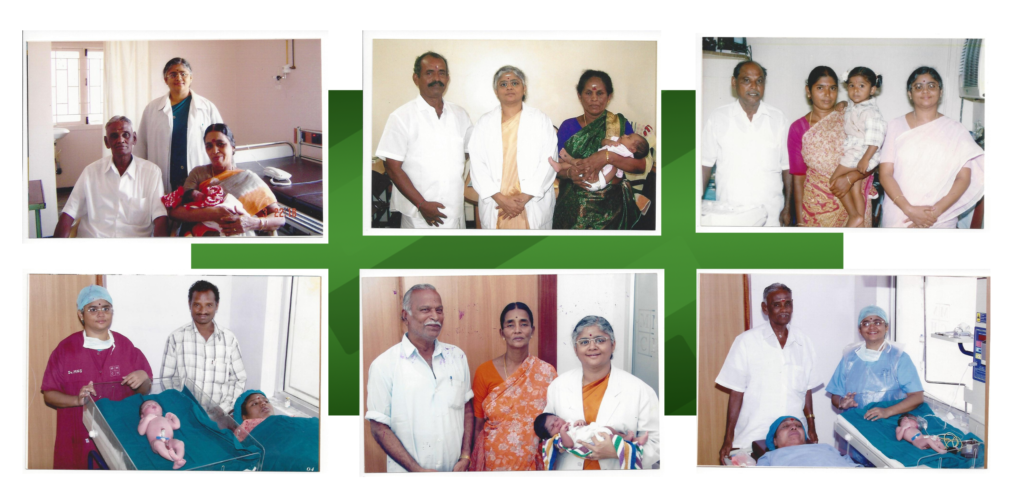
Natural Conception
Normal conception is also called as Natural Conception, in the regenerative plan when sperm enters the vagina, voyages through the cervix into the uterus (womb) and to one of the fallopian tubes, where fertilization of a mature egg occurs. The resulting embryo then travels to the uterus and attaches to the uterine wall for pregnancy.
natural conception Process
Step 1: Sperm Enters the Vagina
The process begins with sexual intercourse, during which millions of sperm are released into the vagina through ejaculation. These sperm are tasked with finding and fertilizing a mature egg. The journey begins in the vaginal canal, where the sperm must survive and move upward through the female reproductive system.
Step 2: Travel Through the Cervix
From the vagina, the sperm must pass through the cervix, a narrow opening at the lower part of the uterus. Around ovulation, the cervical mucus thins, creating an easier pathway for the sperm. This mucus also nourishes the sperm and helps protect them as they make their way into the uterus. Only a fraction of the sperm manage to make it through the cervix.
Step 3: Entering the Uterus
Once through the cervix, the sperm enter the uterus, also called the womb. The uterus is a muscular organ that contracts slightly to help propel the sperm upward toward the fallopian tubes. The sperm are aided in their journey by both uterine contractions and their own swimming ability, although many of them are filtered out along the way, leaving only a few to continue the journey.
Step 4: Reaching the Fallopian Tubes
The uterus connects to the fallopian tubes, where fertilization generally takes place. Each cycle, a mature egg is released from one of the ovaries and is captured by one of the fallopian tubes. The sperm must now swim up one of the two tubes, where they may encounter the egg, which is viable for about 12 to 24 hours after ovulation.
Step 5: Fertilization
If a sperm meets the egg in the fallopian tube, fertilization may occur. The sperm must penetrate the outer layers of the egg to merge with its genetic material. This process results in the creation of a single-cell zygote, which contains the combined DNA from both parents. Fertilization marks the official beginning of a new life.
Step 6: Formation of the Embryo
After fertilization, the zygote undergoes a process called cleavage, where it rapidly divides from a single cell into multiple cells. This process takes place as the fertilized egg (now an embryo) begins its journey from the fallopian tube toward the uterus. Over the next several days, the dividing zygote develops into a blastocyst, which is a ball of hundreds of cells.
Step 7: Traveling to the Uterus
As the blastocyst travels down the fallopian tube, it is propelled by tiny hair-like structures called cilia that line the inside of the tube. This movement is aided by slight contractions of the fallopian tube itself. The journey typically takes around three to five days, during which the embryo continues to develop.
Step 8: Implantation in the Uterus
Once the blastocyst reaches the uterus, it searches for a suitable place to implant itself. By this time, hormonal signals have caused the uterine lining (endometrium) to thicken and become rich in nutrients. The blastocyst attaches to this lining in a process known as implantation. Successful implantation is critical for pregnancy to begin.
Step 9: Establishing Pregnancy
Our Successful Clients

